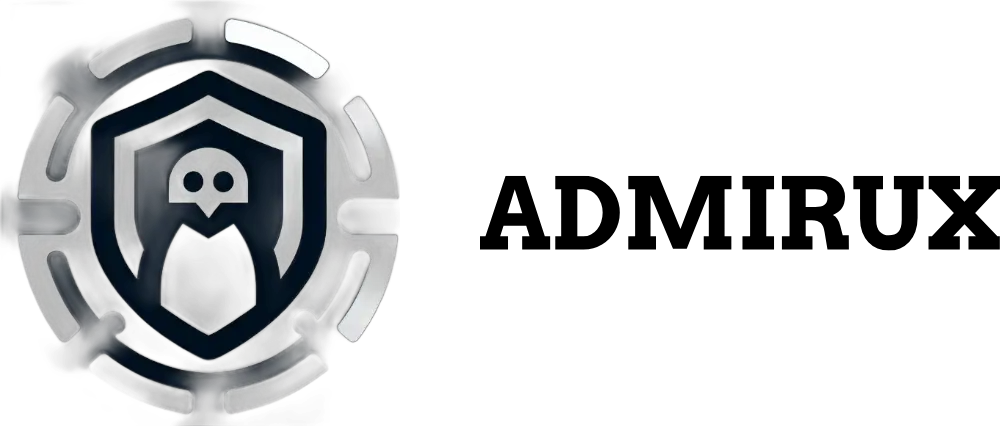Docker: A Comprehensive Guide for Beginners and Enthusiasts
In today’s fast-paced world of software development, Docker has become one of the most essential tools for building, deploying, and managing applications. Docker allows developers to package their applications with all dependencies into isolated units called containers, which can run consistently on any environment that supports Docker. This ensures that applications behave the same in development, testing, and production environments.
This blog post will provide a detailed explanation of Docker, including its basic concepts, advanced features like DockerHub, autobuilds, resource control, and security considerations such as Docker and malware. We’ll also dive into the differences between virtual machines and containers, helping you understand why Docker has gained such widespread adoption.
What is Docker?
Docker is an open-source platform that automates the deployment of applications in lightweight, portable containers. It simplifies development by providing a consistent environment across various stages of software delivery, from coding to production. Docker containers allow you to package an application with all its libraries and dependencies, ensuring that it works uniformly regardless of the environment.
Key Components of Docker:
- Docker Engine: The core software that enables containers to be created and run.
- Containers: Isolated environments that package applications and their dependencies.
- Docker Images: Immutable, read-only templates used to create containers.
- DockerHub: A repository service where Docker images can be stored and shared.
- Docker Compose: A tool for defining and running multi-container Docker applications.
Understanding Containers
A container is a lightweight, portable unit of software that includes everything needed to run a specific application, such as the code, runtime, libraries, and environment variables. Containers differ from virtual machines in that they share the host operating system’s kernel, making them more resource-efficient.
Why Use Containers?
Containers solve the problem of software inconsistencies across different environments. They provide:
- Portability: Since containers include everything needed to run an application, they can be run on any machine where Docker is installed.
- Isolation: Applications running in containers do not interfere with one another, allowing for secure and predictable performance.
- Efficiency: Containers are lightweight because they share the host system’s resources, unlike virtual machines that require their own OS.
Resource Control with Docker
One of Docker’s strengths is the ability to manage resource consumption for each container using control groups (cgroups), a Linux kernel feature that limits, monitors, and isolates resource usage (such as CPU, memory, and disk I/O).
For instance, to limit the CPU or memory allocated to a container, you can use:
CPU Limits: To restrict CPU usage, use the --cpus option:
docker run –cpus=”0.5″ my_container
Memory Limits: To limit memory usage, use the --memory option:
docker run –memory=”512m” my_container
By controlling resources, you can ensure no single container monopolizes system resources, which is critical for maintaining application performance and stability in production environments.
Docker Images: Ephemeral by Nature
Docker images are the blueprints for containers. They are read-only templates that define the environment in which your container runs. When you start a container, Docker creates a writable layer on top of the image to store data. However, containers are ephemeral, meaning any data not stored on persistent volumes will be lost when the container stops.
Building Docker Images
Images are built using a Dockerfile, which specifies the instructions to assemble the image. Here’s an example of a Dockerfile for a Python app:
FROM python:3.9
WORKDIR /app
COPY . /app
RUN pip install -r requirements.txt
CMD [“python”, “app.py”]
To build the image, run:
docker build -t my_python_app .
Docker’s layered architecture allows efficient building and updating of images. Each command in the Dockerfile creates a new image layer, and only the layers that change need to be rebuilt during updates.
DockerHub: Sharing and Collaborating
DockerHub is a central repository where Docker users can store and share their container images. It allows developers to upload their images, collaborate with others, and easily distribute software packages. DockerHub provides:
- Free Public Repositories: Anyone can upload and share Docker images publicly for free.
- Private Repositories: Paid users can store private images that are not accessible to others.
- Official Images: DockerHub offers trusted, pre-built images from organizations such as MySQL, Nginx, and Python, ensuring you are using well-maintained and secure images.
Using Autobuilds and Webhooks
DockerHub also allows autobuilds, which automatically build images from source code repositories (e.g., GitHub) whenever changes are pushed. This ensures that your Docker images stay up to date with the latest version of your application.
Webhooks can also be used to trigger actions, such as notifying a deployment service when a new image version is available.
Virtual Machines vs. Containers
Virtual Machines (VMs)
- Isolation: Each VM includes a full operating system, making it completely isolated from the host.
- Resource Use: VMs are resource-intensive because each requires its own OS.
- Performance: VMs have higher overhead, resulting in slower performance compared to containers.
Containers
- Isolation: Containers share the host OS, which makes them lighter but less isolated than VMs.
- Resource Use: Containers use fewer resources because they don’t need a full OS.
- Performance: Containers are faster to start and run because of their minimal overhead.
Summary:
While VMs offer stronger isolation and are suited for situations where you need to run multiple different operating systems, containers are far more efficient when it comes to running applications in the same OS environment.
Docker and Malware: Security Concerns
As Docker gains popularity, it has also become a target for malware attacks. Containers, by design, share resources with the host system, which presents a potential attack surface if not managed correctly. Here are some common security concerns and best practices for mitigating them:
Common Malware Threats in Docker:
Untrusted Images: Pulling images from unverified sources on DockerHub can introduce malware into your environment.
Privilege Escalation: Containers running with root privileges could be used by attackers to compromise the host system.
Container Breakout: An attacker could escape the isolated container environment and gain access to the host system.
Best Practices for Docker Security:
Use Trusted Images: Always use official or verified images from DockerHub to minimize the risk of introducing malicious code.
Least Privilege: Run containers with the least amount of privileges needed. Avoid running containers as the root user.
Vulnerability Scanning: Regularly scan images for vulnerabilities using tools like Docker Bench for Security or Clair to identify and address potential security issues.
Isolate Containers: Use Docker’s built-in security features such as namespaces and seccomp profiles to further isolate containers from the host.
Update Regularly: Keep your Docker engine and containers up to date with the latest security patches to protect against known vulnerabilities.
Docker and the Audit Trail
Docker provides detailed logging and auditing features that help you track actions performed by containers. Every time you build, run, or stop a container, Docker logs the event, creating an audit trail. This is particularly useful for debugging, monitoring, and securing your environment.
Using tools like syslog, ELK Stack (Elasticsearch, Logstash, Kibana), or Docker’s own logging drivers, you can monitor container activity and track down issues more efficiently. This audit trail is especially important in production environments, where knowing what happened and when is crucial for debugging or compliance purposes.
Conclusion
Docker has revolutionized the way applications are built, tested, and deployed by providing a lightweight, portable, and consistent environment for development and operations. Its containerized approach offers significant advantages in terms of efficiency, scalability, and speed compared to traditional virtual machines.
However, as Docker adoption grows, so does the importance of following best practices for resource control, security, and malware protection. By ensuring that you use trusted images, apply least privilege principles, and monitor your containers closely, you can harness the full power of Docker while keeping your systems secure.
As Docker continues to evolve, tools like DockerHub, autobuilds, and webhooks will further streamline the development pipeline, helping teams deliver robust, scalable applications more quickly and securely.
Share via:

